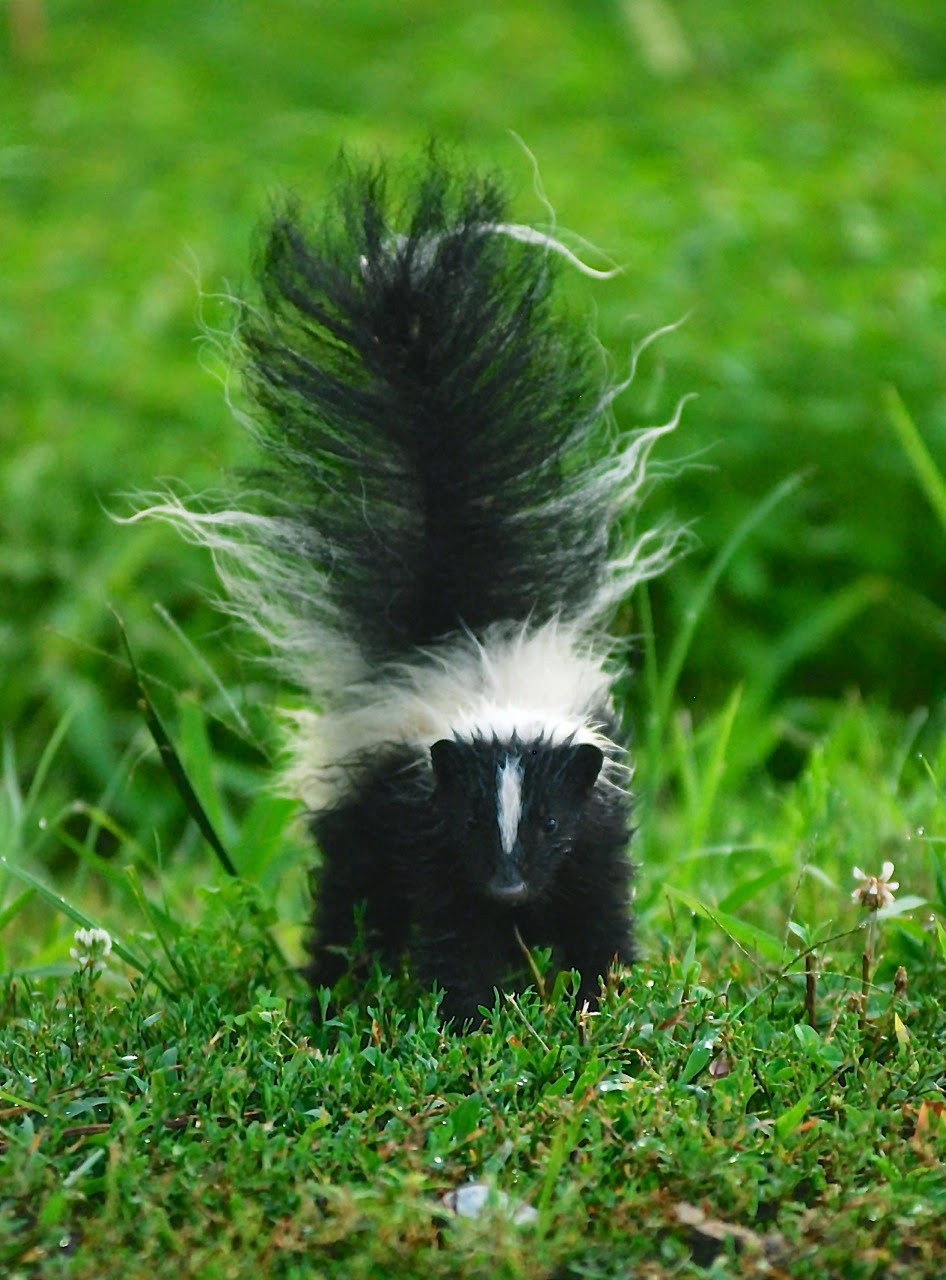This past Christmas my son Matt, 21, gave me a photograph he had taken from one of his many adventures out west. With this photo was a simple note thanking me for sparking his interests in the outdoors at an early age. The note is proudly displayed in the caretaker’s cabin next to the framed photo of a moose. Great photo! Matt has become a talented photographer, but the note is what I cherish the most. Especially on Father’s Day.
For the past two summers Matt has worked, camped and hiked out west logging more than 600 trail miles as well as a summit of Grand Teton in Wyoming. He may have attributed his love for an outdoors lifestyle to me but it actually filtered down from my father, Jim Guenther. And for this I’m grateful. My own outdoor experiences began at an early age, just like my son’s.
I grew up in suburbia Nashville but moved to a wooded hillside in rural west Nashville by the time I was 14 years old. It became my outdoor playground. Endless acres of wooded hills, streams and a gorgeous valley.
Like many fathers, my dad was a busy man. His law firm demanded dedication but he always found time to take my sister and I on camping and canoe trips as well as hikes along the Appalachian Trail. The interesting thing about memories for children is that the simplest things often make the greatest memories. Fathers likely never realize what an impact they make in their children’s lives. My father held my hand and introduced me to the wonders of the outdoors.
On this Father’s Day, make an attempt to get off the couch and step outside with your children. It’s simple entertainment and no better way to discover an adventure. And if you are a father, it creates memories that last a lifetime.
Love you Dad!



























